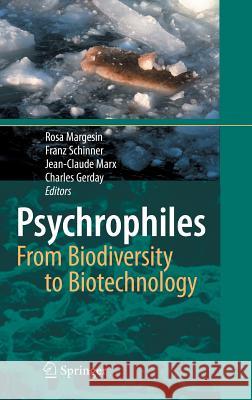Psychrophiles: From Biodiversity to Biotechnology » książka
Psychrophiles: From Biodiversity to Biotechnology
ISBN-13: 9783540743347 / Angielski / Twarda / 2007 / 462 str.
Most scientists in the middle of the twentieth century would probably not have believed that life was possible at extreme values of environmental factors, such as pH values close to 0 (e. g. sulfurous environments) or to 14 (e. g. soda lakes), sali- ties of 6 M NaCl (e. g. Dead Sea), hydrostatic pressures approaching 0. 1 MPa (deep sea) and temperatures exceeding 100C (thermal vents or hot springs) or as low as -20C (e. g. polar regions). Of the current studies on extremophiles, approximately 30,000 articles by the year 2007, almost two-thirds have been performed on org- isms adapted to outstanding temperatures, but much more attention has been paid to thermophiles than to psychrophiles. However, over the past 10 years, scientific publications on cold-adapted microorganisms have increased by a factor of ten. If one considers the extent of cold habitats, psychrophiles, i. e. cold-loving organisms, should largely lead in this comparison with thermophiles because a great proportion of the Earth's biosphere never reaches temperatures above 5C. Nearly three-quarters of the Earth is covered by oceans whose deep water masses, irrespective of latitude, are constantly between 2 and 4C. The large continent of Antarctica also provides a permanently cold terrestrial environment as well as an aquatic niche in the surrounding ice that melts during the summer. Other examples of cold habitats are permafrost soils, high alpine soils, cold deserts, cold caves, marine sediments, snow, glacier and sea ice.











